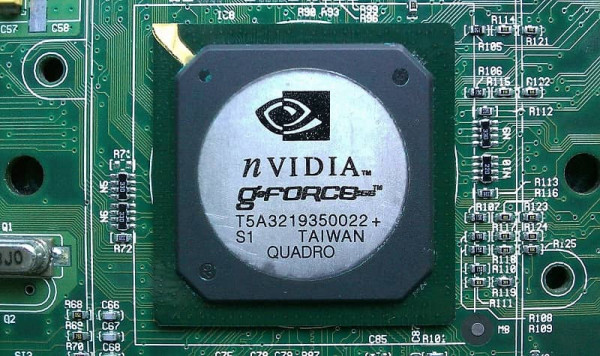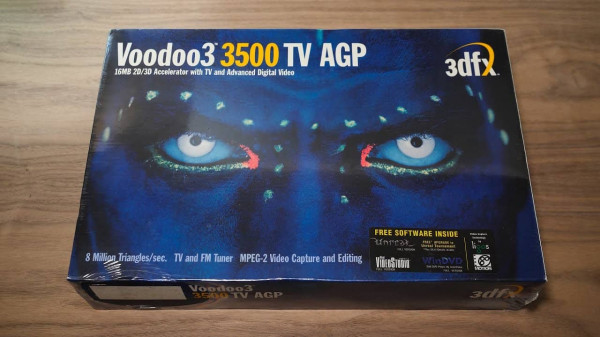GeForce 256: A Revolutionary Breakthrough in the World of Graphics Cards
The GeForce 256 is a graphics processing unit released by NVIDIA in August 1999. Development of the GeForce 256 began in 1997, when NVIDIA decided to create a new GPU architecture that would be capable of delivering the performance needed for games that were becoming more complex and demanding.
The GeForce 256 was announced in April 1999 at the Spring Internet World in Los Angeles. At this point, NVIDIA was demonstrating the card in action and promising that it would change the world of PC gaming. The card was named GeForce 256 to emphasize its graphics processing capabilities and 256 MB of memory.
The GeForce 256 was released in August 1999. The card was the first product to use the NV10 architecture and was significantly faster than previous graphics cards, allowing gamers to enjoy better and smoother graphics in games.
GeForce 256 architecture
The GeForce 256 was the first GPU to use the NV10 architecture. This architecture included a number of new technologies that improved performance and graphics quality.
One of the main technologies was support for hardware-accelerated T&L (Transform and Lighting), which allowed processing of geometric transformations and lighting in real time. This allowed games to display more complex and realistic 3D models.
Another important technology was support for video hardware acceleration. The GeForce 256 could play video at resolutions up to 720p without any problems, which was not possible with previous graphics cards.
A pixel shader technology was also added, which made it possible to improve the quality of textures and lighting on the screen.
Gaming performance
The GeForce 256 was one of the first graphics cards capable of handling 3D-enabled games in real time. The card was significantly more powerful than previous graphics cards, allowing gamers to enjoy better and smoother graphics in games.
The GeForce 256 also had support for hardware transformation and lighting, which speeded up the processing of complex 3D scenes in games. The card was also equipped with a 32-bit memory interface and could operate at up to 120 MHz, allowing it to process more data in the shortest possible time.
Competitors GeForce 256
At the time the GeForce 256 was released in 1999, NVIDIA's competitors were 3dfx and ATI Technologies.
3dfx released their Voodoo3 graphics card, which was compatible with DirectX 6. However, compared to the GeForce 256, the Voodoo3 had less memory and lower performance.
ATI Technologies released the Radeon DDR, which had the same T&L support as the GeForce 256, but was less powerful. Radeon also had less memory and did not support video hardware acceleration.
Overall, the GeForce 256 was a significant breakthrough in the world of PC gaming and set a new standard for graphics cards . It had significantly higher performance than its competitors and provided players with new opportunities to enjoy better and more realistic graphics in games.
Interesting facts about the GeForce 256
-
The card was named the GeForce 256 because it had 256 MB of memory. However, the actual card only had 32 MB of memory.
-
The card was also the first graphics card to use T&L hardware acceleration support technology. This allowed the map to handle complex geometric transformations and lighting in real time.
-
The first game to use the features of the GeForce 256 was "Quake III Arena". This game was developed by id Software and was one of the first games to use T&L features.
-
The GeForce 256 was not only a powerful graphics card for gaming, but also found use in other areas such as multimedia applications and professional 3D modeling software.
-
The card also had support for AGP (Accelerated Graphics Port), which was the new standard for connecting graphics cards to a motherboard.
-
The GeForce 256 was also the first graphics card to support DirectX 7, allowing it to handle new features such as the pixel shader and provide more realistic graphics in games.
-
The card consumed a lot of power and generated a lot of heat, which required computer and cooler manufacturers to use more efficient cooling systems.
-
The card was not compatible with some older games that used older versions of DirectX. This was a problem for players who wanted to play old games on the new map.
-
The GeForce 256 was the first graphics card to break the 1 million mark in sales.
-
The GeForce 256 also brought attention to NVIDIA and established it as one of the leaders in the GPU market. In the following years, NVIDIA released many other successful products that helped the company to strengthen its position in the computer games and multimedia market.
In conclusion, we can say that the GeForce 256 was a significant breakthrough in the world of graphics cards. It set a new standard for gaming quality and performance and was the first step in the evolution of the more powerful and efficient GPUs we see today. The GeForce 256 has left a huge mark on the history of PC gaming and continues to be one of the most significant products in the history of NVIDIA.







